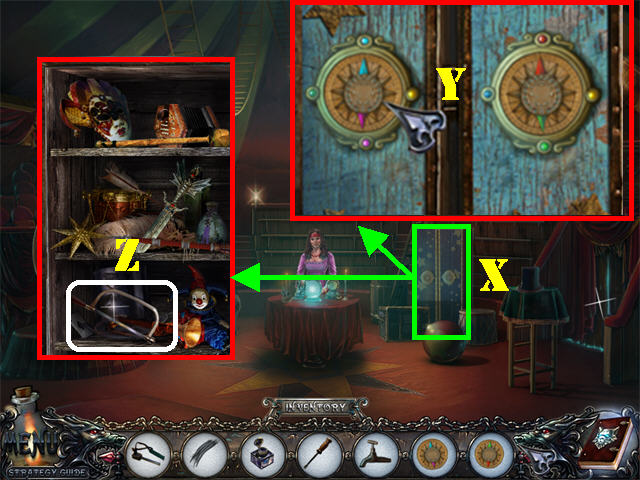
- #Disk inventory x r mac os x
- #Disk inventory x r install
- #Disk inventory x r driver
- #Disk inventory x r full
Firefox.app/Contents/MacOS/browserconfig.properties Firefox.app/Contents/MacOS/blocklist.xml Firefox.app/Contents/MacOS/application.ini

backgroundĭrwxr-xr-x 1 502 80 3 Aug 24 13:33 Firefox.appĪnd in this case, I just wanted to extract the contents to a tarball, so: $ guestfish -ro -a firefox.img -m /dev/sda Now this can be loaded directly into guestfish: Check that:įirefox.img: Macintosh HFS Extended version 4 data last mounted by: 'cerd',Ĭreated: Mon Aug 24 10:37:21 2009, last modified: Mon Aug 24 18:37:21 2009, This should produce an HFS+ filesystem image. Look for the HFS+ superblock in the file: You have to find it and strip off some sort of header from the file. Thirdly the file system image is not at the start of the file. (Yeah, I don’t know how important that error was either … But it doesn’t seem to affect things.) $ mv Firefox\ 3.5.3.dmg firefox-3.5.3.dmg.bz2īunzip2: firefox-3.5.3.dmg.bz2: trailing garbage after EOF ignored Secondly the image is usually bzip2-compressed, and you have to run bunzip2 on it by hand first:
#Disk inventory x r driver
dmg files in Linux using libguestfs? Well, not always, but sometimes (because of some limitations in the Linux HFS+ driver described below).įirst I should note that this probably doesn’t work with password-protected / encrypted files, but they’re not common for software distribution.
#Disk inventory x r full
In the image below, the VLC application looks like a file but in reality is a directory full of application files.Ĭan we decode and unpack these.
#Disk inventory x r mac os x
In the example below, I downloaded the binary installer for the brilliant open source video player VLC, and double-clicked on it, whereupon Mac OS X mounts the packaged filesystem. Mac OS X installers use a file format called an “Apple disk image” or *.dmg file, which is a sort of bzip2-compressed filesystem.
#Disk inventory x r install
If you’re not familiar with Mac OS X, it uses a packaging format derived from NextStep where applications are directories and to install an application, you just drag and drop the package directory into the “Applications” folder (or wherever you choose because apps are self-contained and can run from anywhere). Interested people should look at the lengthy series of patches posted on the mailing list. On the downside, it’s kind of slow, because qemu is not accelerated on OS X. A curious side-effect of this is that libguestfs on Mac OS X can read ext3 partitions and LVM, something which OS X itself wouldn’t normally be able to do. We used porting plan 3 from here, in this case running a Fedora appliance. Welcome to guestfish, the libguestfs filesystem interactive shell forĭrwxr-xr-x 3 root root 1024 Mar 21 21:45. Setenv bootargs $(console) $(bootargs_root)

Setenv bootargs_root 'root=/dev/nfs rw nfsroot=:/mnt/rootfs ip=' U-boot (bootloader) voodoo used to get the initial nfsroot Fedora ARM working:

Use the kernels and modules from this site instead.


 0 kommentar(er)
0 kommentar(er)
